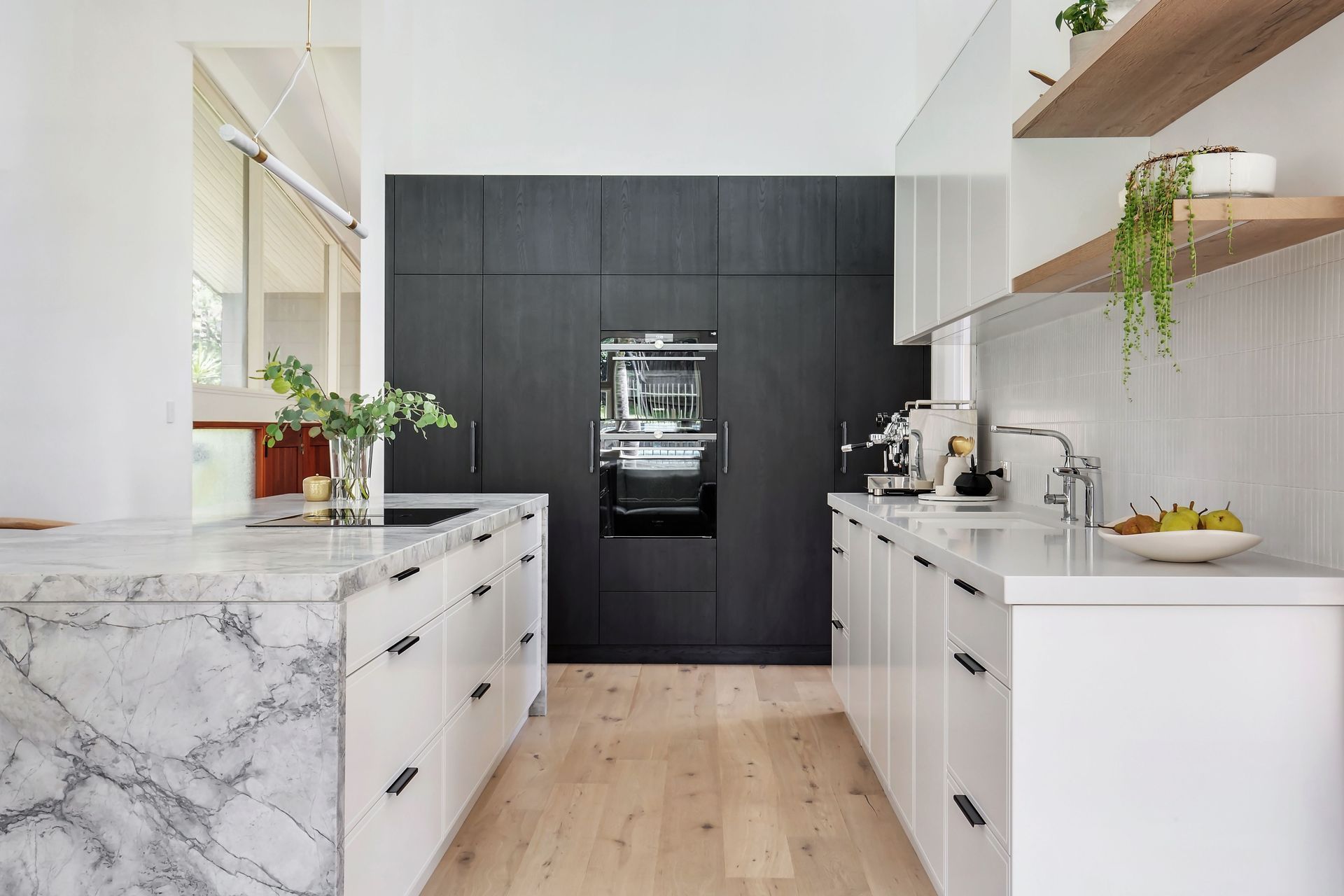How to do a home health check
Written by
16 November 2022
•
5 min read

Studies show that on average, humans spend around 90% of their lives indoors. As a result, our built environments can have a massive impact on our health and wellbeing. While very few of us can control the interior conditions of our workplace or regular retail haunts, we can certainly control our immediate environment at home.
Doing a health check on your home is a quick and easy way to ensure there are no underlying maintenance issues that may be detrimental to your wellbeing, and that your home is prepared for unexpected events and emergencies.
Build a first-aid kit
No one expects to encounter a medical emergency at home, but that doesn’t mean you shouldn’t be prepared for one. All home first aid kits should include crepe bandages, medical tape, bandaids, gauze, alcohol swabs, surgical gloves, safety pins, saline and antiseptic topicals, among other things. For a full list visit Health Direct.

Remove fire hazards
Regardless of whether you live in a high-risk fire zone or not, there are parts of your home that should be checked for fire hazards. Lint should be cleaned from clothes dryers after every load, ensure heaters and open fires are unobstructed with clearways, never overload electrical outlets or powerboards, and if you have a garage or shed remember to take extra care with any stored chemicals or fuels. If you live in a bushfire-prone area be sure to keep the ground around your home clear from leaves and litter, and clean out gutters regularly.
Read now: The rise of health and wellness in the home space
Check smoke alarms
While legislation on smoke alarms varies from state to state, one rule is consistent:
smoke alarms are compulsory and must be installed in every residential building, on or near the ceiling of every level of the home. Double-check that your smoke alarm has a fresh battery and is functioning correctly.
Reduce the risk of mould
Mould is a very common household issue that can cause serious health problems. To avoid the growth of mould in your home, be sure to keep wet areas well ventilated and dry as possible, monitor the humidity in your home and use dehumidifiers when necessary, and be sure to get leaks or patches of dampness rectified as soon as possible.
Avoid stagnant water
Garden ornaments, tools and other outdoor paraphernalia can collect small bodies of water in backyards after rainfall. It’s important to remove this water as soon as possible before it becomes a breeding ground for bacteria and mosquitos.

Fix cracks, fissures and compromised seals
Cracks and fissures in your walls, ceiling or flooring can lead to dampness, mould and pest problems – not to mention the draught they can cause in winter. Give your walls, floors and ceilings a once-over to check for any problems, and get them fixed as soon as possible. Seals on windows and doors can cause similar problems, so be sure to evaluate these sites for wear and tear, repair where possible or replace where necessary.
Read now: How the pandemic has redefined the role of the home space
Dispose of chemicals
Reports show there are chemicals in almost every household cleaner and the fumes from these products can reduce the air quality of your home. Some of the more malicious culprits are bleach, oven cleaner, dishwasher powders, drain cleaners, turpentine, pest control products, weed killers, and chlorine. However, many household cleaners can be swapped out for natural alternatives. Set up a basic natural cleaning toolkit by stocking your cupboard with white vinegar, baking soda, borax, citrus fruit, tea tree oil and castile soap. For chemicals that are deemed essential, store them safely in sealed and clearly-labelled containers well out of reach of children.

Bust the dust
Dust mites, dirt, pollen, animal fur and dander can sit in your carpet, on floors and hard surfaces in your home, causing allergies and irritation. A dry microfibre cloth will pick up most dust particles, but dampening it with a cleaner or water can grip and remove dust better. Vacuums should be fitted with a HEPA filter.
Read now: How to disaster-proof your home
Improve ventilation
Indoor environments can have compromised air quality due to many reasons, such as dust, dampness, mould, animal fur or dander, chemical odours from paint, glues and cleaners, emissions from cooktops with no extraction fans and faulty or unserviced gas heaters and or other fuel-burning appliances. The key to counteracting this is good ventilation, which means ensuring all windows and doors are regularly opened in totality to allow the home to ‘air out’. Using air purifiers and turning on electric fans can aid in increasing air circulation. Do this for up to 20 minutes every two-three days.

Pet check
Pets are family members and their health and wellbeing should be prioritised as such. Remember to do regular tick and flea checks, stay up to date with worming and vaccinations, and monitor their behaviour, food and bathroom habits for any unexpected changes. Pets should see a vet at least twice a year for general checkups. If your pet spends time in the backyard, walk the perimeter of your fence and gate to check for holes, loose palings or latches.
Discover more lifestyle and home living advice on ArchiPro.